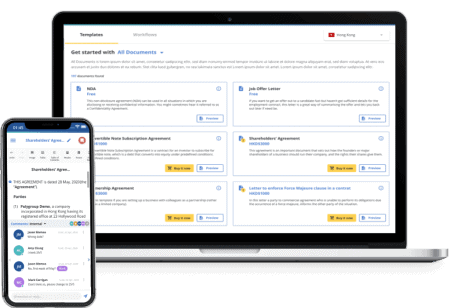Oldham, Li & Nie has again been recognised by asialaw in the recently released asialaw profiles 2025.
The firm is ranked in the following practice areas:
- Dispute Resolution – Highly Recommended
- Intellectual Property – Highly Recommended
- Corporate and M&A – Recommended
- Labour & Employment – Recommended
- Private Client – Recommended
- Restructuring and Insolvency – Notable
In addition, Oldham, Li & Nie is recommended in the following sectors:
- Insurance – Recommended
- Technology and Telecommunications – Recommended

Oldham, Li & Nie’s partners received five individual recognitions across their respective practice areas:
- Gordon Oldham – Senior Statesman in Dispute Resolution
- Richard Healy – Notable Practitioner in Dispute Resolution
- Tracy Yip – Distinguished Practitioner in Corporate and M&A
- Vera Sung – Distinguished Practitioner in Intellectual Property
- Anna Chan – Distinguished Practitioner in Tax and Private Client
In its analysis, asialaw noted “Full-service law firm Oldham Li & Nie is particularly known for its dispute resolution practice. Gordon Oldham, Richard Healy and Anna Chan are main partners for dispute resolution, while Tracy Yip is a key partner for corporate and M&A. Oldham’s practice covers corporate finance, joint ventures and real-estate structuring as well as commercial litigation. It often deals with high-net-worth clients and financial aspects of matrimonial disputes.”
For more details, please visit Oldham, Li & Nie’s profile on asialaw: https://www.asialaw.com/Firm/oldham-li-nie-hong-kong-sar/Profile/1112#profile
The firm has also been shortlisted for the eighth annual asialaw Awards in two categories:
- Oldham, Li & Nie – Hong Kong Law Firm of the Year
- Anna Chan – Hong Kong Female Lawyer of the Year
About asialaw
asialaw is the only directory with in-depth analysis of Asia’s regional and domestic firms and leading lawyers – useful for practitioners, BD teams, and corporate decision-makers. Beyond its rankings, asialaw also publishes awards shortlists and winners recognising top firms and client service excellence across the region.
For more information, please visit https://www.asialaw.com/
 Suite 503, 5/F, St. George's Building, 2 Ice House Street, Central, Hong Kong
Suite 503, 5/F, St. George's Building, 2 Ice House Street, Central, Hong Kong +852 2868 0696
+852 2868 0696







